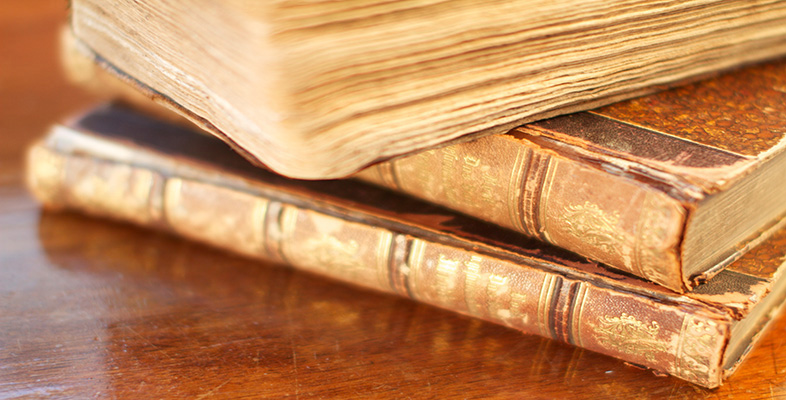4.2 Simplicity and complexity
As we have already discovered, the concept of ‘simplicity’ is not a simple matter. We saw earlier in the course that the simplicity of folk-song is not the same as classical simplicity, though both influenced the taste of Lieder writers. ‘Heidenröslein’ and ‘Wandrers Nachtlied’ are simple in quite different ways, both in their poetry and in their music. Many other songs by Schubert are much longer, much more complex, and treat the poetry with much greater freedom. This aspect of Schubert's style, which is now so much appreciated, did not always please his contemporaries.
Goethe himself preferred composers to take a direct approach to setting his poems – direct in the sense that he wanted them to stay close to the structure of his text, and not to indulge in free fantasy and repetition, nor to overlay it with too heavy a piano accompaniment. Poetry and song were closely linked in Goethe's mind – he envisaged the songs in his plays and novels actually being sung, not just spoken, and some were originally published with simple musical settings – and he had clearly stated views on how such songs should be set to music. The composers with whom Goethe worked, and of whom he approved (notably Reichardt and Zelter), took a direct and simple approach to his poems, leaving their structures more or less unchanged, and restricting the piano part to a fairly straightforward accompaniment. This straightforward approach to what German Lieder should be like was shared by many writers of Schubert's time, and for that reason the more subtle and complex of Schubert's settings were not always appreciated by contemporary commentators. Even in the last year of his life, 1828, the publication of a new collection of his songs provoked a reviewer to sum up Schubert's strengths and weaknesses in the following way:
Herr S. knows how to choose poems which are really good (in themselves and for musical treatment) and have not yet been used up either; he is capable and usually succeeds in discovering in each what predominates emotionally and therefore for music, and above all he places that into his generally simple melody, while he allows his accompaniment, which however is very rarely mere accompaniment, to paint this further, and for that purpose he is fond of using images, parables or scenic features in the poems. In both he often shows originality of invention and execution, sound knowledge of harmony and honest industry: on the other hand he often, and sometimes very greatly, oversteps the species in hand, or else that which should by rights have been developed in such and such a piece; he likes to labour at the harmonies for the sake of being new and piquant; and he is inordinately addicted to giving too many notes to the pianoforte part, either at once or in succession.
(Review in the Leipzig Allgemeine Musikalische Zeitung, 23 January 1828, quoted in Deutsch, 1946, p. 718)
The essence of this rather verbose exposition is an oft-repeated view in the period of Schubert, as it was through the second half of the eighteenth century: that the German Lied requires straightforwardness and simplicity, and that introducing too much complexity, as Schubert was said to do, goes against the spirit of the genre. But, having said that, Schubert's approach varied considerably throughout his career, and depended on the character of the text that he was setting.
